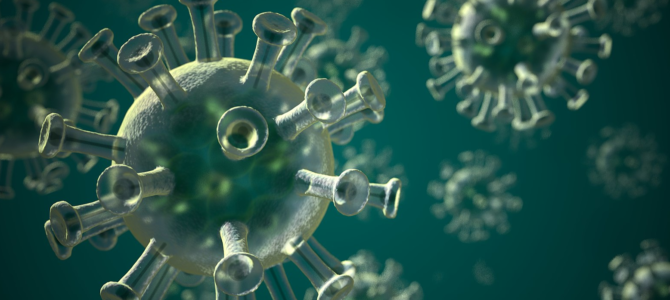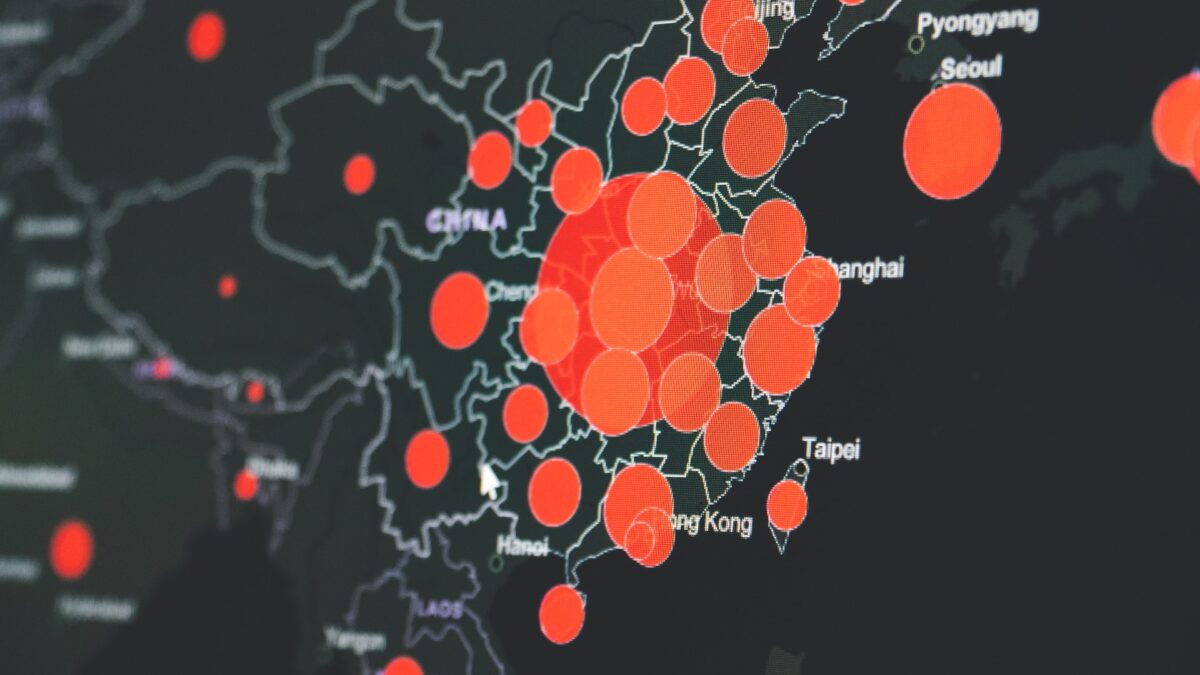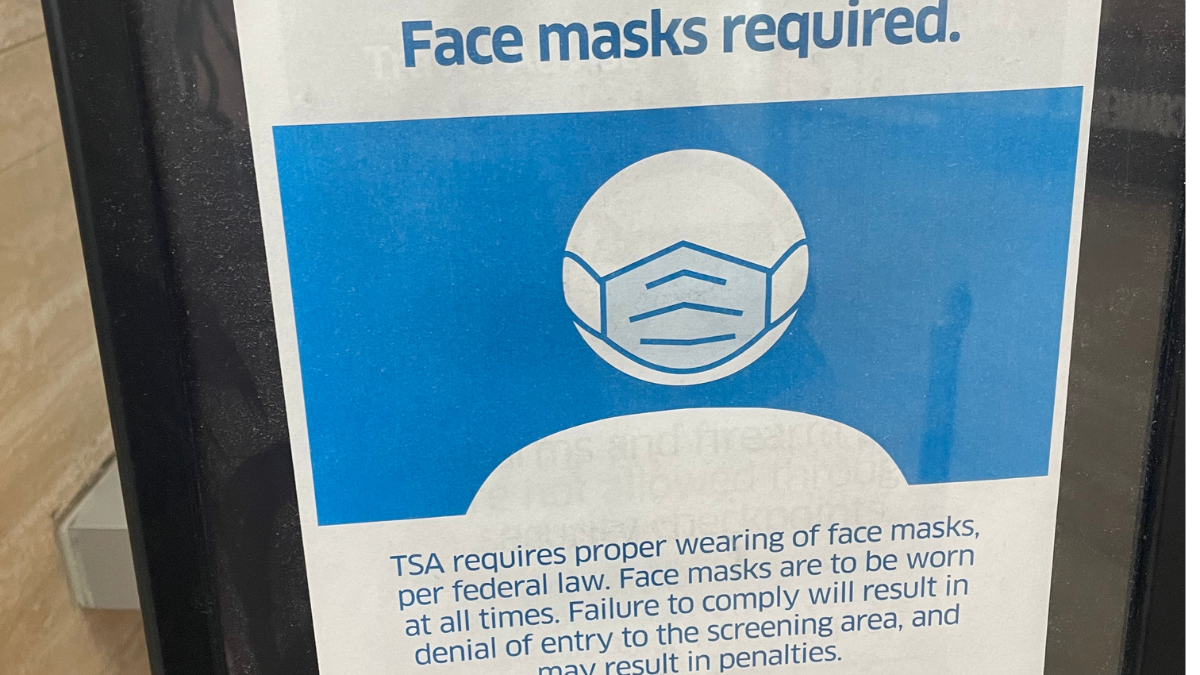
Chinese scientist Li-Meng Yan recently published a paper claiming SARS-COV-2 was engineered in a Wuhan lab and released intentionally. Several other papers have emerged on the origin of the novel coronavirus, with some claiming the origin was natural. Online rebuttals to Yan’s work have also come out, including one recently featured in The Federalist, which took a skeptical tone to Yan’s claims.
If we want to engineer a virus, we manipulate the biological sequence. A sequence means the order in which the basic biological “letters” occur, and this order determines the function or purpose of the sequence, just as the meaning of words is based on the order of letters.
DNA and RNA are the code that produces proteins, which are more like a paragraph’s worth of letters, and we don’t understand this code well enough to make something from scratch. To engineer, we must either copy something that is already in nature by recombining it or making a recombinant gene, or we must use natural selection to evolve a desirable sequence. Recombination often leaves signs that it was done, almost like a paragraph that has been inserted from another story.
Jay W. Richards, Douglas Axe, and William Briggs rightly point out in their article in The Federalist that Yan’s claim about the coronavirus spike protein is not a smoking gun showing engineering. This and each of Yan’s claims can be explained as possible evidence of natural origin — except for one.
GenBank is a database of DNA, RNA, and protein sequences curated by the National Institutes of Health, possibly the most useful data set ever assembled. Scientists have submitted a few hundred thousand virus sequences to this database. The virus we are all interested in has 10 proteins it produces, from 10 genes. One simple search tool, NCBI BLAST, allows people to find similar sequences in the database to one of interest.
As published by Yan, such a search shows that the viral envelope protein found in the novel coronavirus is 100 percent identical to two other strains in the database, ZC45 and ZXC21. These strains are the ones Yan mentions as the foundation for the new strain and were submitted to GenBank more than five years ago. This gene looks like it was copied from one of the two coronavirus strains and placed into SARS-CoV-2.
The Gene Sequence Is Suspect
One hundred percent identity is rare across animal species, is nearly unknown across virus species, and rarely occurs among different viral strains. To understand why, consider the number of generations, or replication cycles, a virus goes through. Each cell it infects in a single host represents a new generation, and it will do this at least dozens or hundreds of times in a host, infecting millions of cells before being passed to a new host.
Viral genes evolve rapidly, and the corona E gene that codes for the envelope protein has already shown mutations in the current outbreak (many identical samples are submitted in a pandemic, all from the same strain). If the novel coronavirus were closely related to ZC45 and ZXC21 in the other nine genes as well, it might explain the 100 percent identity of one gene, but this is not the case.
One possible explanation is that a rare recombination event occurred naturally. It is hard to imagine that a viral gene replicating in bats, collected more than five years previously, would retain protein identity and all but three nucleotides in the wild, but the possibility should be entertained. The other anomalies in the viral genome Yan mentions have explanations with varying degrees of plausibility as to why they might have occurred naturally. It is impossible to “prove” that something occurred naturally, however, and the attempts leave me puzzled.
For example, Yan points to the presence of two restriction sites, EcoRI and BstEII, present at convenient locations in the novel coronavirus genome. Molecular biologists routinely use these enzymes to cut DNA and insert DNA into a plasmid or genome. EcoRI was especially popular due to the reliability of the enzyme.
Today, however, there are better methods to do these insertions. If one were working on a bioweapon and did use such a site, he would simply erase the evidence prior to releasing the virus. The presence or absence of such sites is meaningless.
Similarly, why would someone leave a 100 percent sequence identity in a bioweapon? Even if the function of a gene is not understood, a person can make a few alanine-valine substitutions, which are protein components that are similar to each other, in areas predicted not to have an effect, and there goes the smoking gun from the evidence room. A competent bioweapon engineer could erase any solid evidence from the genome, and it would not take more than a week to do so. It is therefore baffling that anyone would attempt even to conjecture a natural origin when it could easily be made to look so.
It certainly appears in this case that the coronavirus E gene is solid evidence of unnatural origin. It was likely lifted from one of the strains, either ZC45 or ZXC21, and recombinantly placed, or “engineered,” into the novel coronavirus. But let’s just accept this as highly suspicious, not proof.
Pay Attention to Proximity
We now must combine this with knowledge of the location of the outbreak epicenter. There are two labs, the Wuhan Institute of Virology and the Wuhan Center for Disease Control and Prevention, eight miles and 300 yards from the officially claimed epicenter of the seafood market, respectively. It strains credulity that we have a rare natural recombination event that just so happened to occur very near a lab that was performing recombinant experiments on coronaviruses.
The virus was almost certainly created for research purposes. Why am I so confident of this? The U.S. National Institute of Allergy and Infectious Disease provided funds to the lab in Wuhan through the EcoHealth Alliance to perform gain-of-function research (grant #R01AI110964). These types of experiments involve using a strain that is able to infect humans, systematically taking genes from it, and inserting them into a strain that cannot infect humans.
This kind of research might prove very valuable. If we understood exactly what sequences or sequence motifs to be concerned about, environmental sampling could warn us before a jump to a human host occurs. Recent events have curbed my enthusiasm for such projects. Nonetheless, if the lab in Wuhan was not producing recombinant strains of coronaviruses, then they were defrauding the U.S. government. I therefore strongly suspect that the novel coronavirus strain was accidentally released from the lab in Wuhan.
So why not just ask the Chinese scientists, Jing-Yun Ma or Zheng-Li Shi, who headed research funded under the National Institute of Allergy and Infectious Disease project? These scientists and others associated with the project are either missing or have not been made available for comment. Yet scientists with such relevant expertise ought to be front and center of any response.
It Appears a Man-Made Virus Escaped
Given that China is willing to go to such lengths to hide the origins of the virus, could it perhaps be because it was engineered as a bioweapon, and scientists didn’t think to modify the genome as suggested earlier? It is speculation, but if it were released intentionally, why not do so in New York City? And if it were a bioweapon, why submit the ZC45 and ZXC21 “weapons program” gene samples to GenBank?
Four points indicate that the novel coronavirus was produced in and escaped from the lab in Wuhan:
- A highly suspicious gene sequence
- The proximity of the epicenter
- Funding to create recombinant viruses
- Missing scientists
Any two of the above points should be adequate to draw the conclusion. We should accept that the outbreak originated from an accidental release. Should we fear the Chinese Communist Party’s will, or their incompetence?
Chernobyl answered that question regarding Russia. Perhaps coronavirus has answered it for the CCP.









